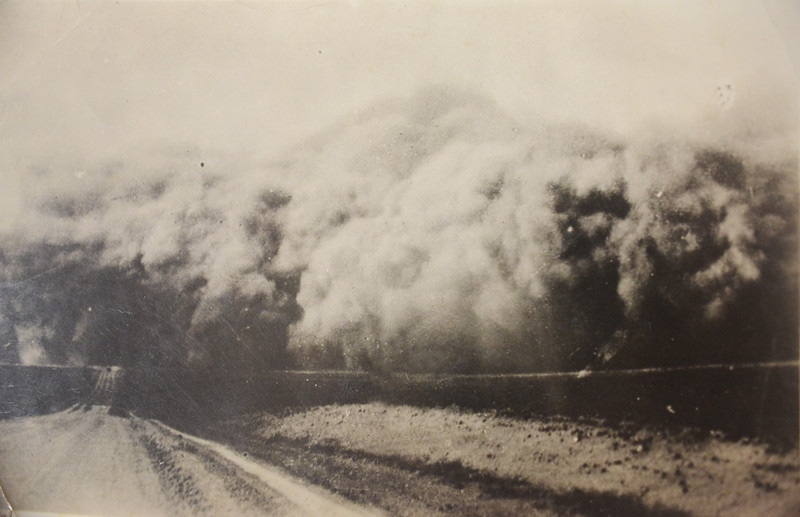
Since President Franklin Roosevelt signed legislation back in 1935 to address the catastrophe known as the Dust Bowl, farmers and ranchers have made—literally—earth-changing production practices. That piece of legislation, says USDA Central Region Conservationist Kevin Wickey, provided programs and incentives to prevent a similar disaster.
“April 14, 1935, is remembered as ‘Black Sunday,’” says Wickey. “On April 27, Roosevelt signed legislation creating the Soil Conservation Service. Since then, we’ve developed a lot of new tools to address that environmental catastrophe,” he added in remarks to the recent joint meeting of the American Cotton Producers and the Cotton Foundation in Lubbock.
One of those tools, he explains, is the 15-year old Conservation Stewardship Program that currently includes some 70 million acres of working lands. “That’s the size of Nebraska,” Wickey says, “and is bigger than Colorado. We’re trying to make improvements that benefit landowners and managers as well as taxpayers.”
A program mission to improve stewardship on working lands differs from the Conservation Reserve Program that takes land out of production for a set period. “We’re looking at new enhancements and bundles that will advance a producer’s business goals,” Wickey says. He says the USDA goal is the same as a farmer’s—“make the land better for the next generation.”
He outlined steps USDA is making to improve the Conservation Stewardship Program, including:
Adding more flexibility;
Responding to customer and partner feedback;
Advancing precision agriculture practices on conservation acreage to allow producers to employ different practices on different parts of a field; and,
Demonstrating conservation practice outcomes more clearly.
For the latest on southwest agriculture, please check out Southwest Farm Press Daily and receive the latest news right to your inbox.
“We’re redesigning some program tools to offer a clearer, more layered process that encourages stronger conservation planning and fosters greater collaboration between the applicant and the Natural Resource Conservation Service (NRCS). We’re providing more options for producers to improve conservation with enhancements, while supporting the ranch and farm business planning goals.”
He says USDA will also focus on more coordination with other programs, such as the NRCS Environmental Quality Incentive Program (EQIP).
“Enhancements will link to conservation practices,” Wickey says, “with more enhancements and better reporting tools. We want greater flexibility, so state and local offices can set priorities and make it easier for farmers and ranchers to make changes to CSP contracts.”
Those contracts will be ranked according to how they address local resource concerns. “Input from partners and stakeholders will be essential,” he adds. “We want new ideas and producer feedback.”
About the Author(s)
You May Also Like






